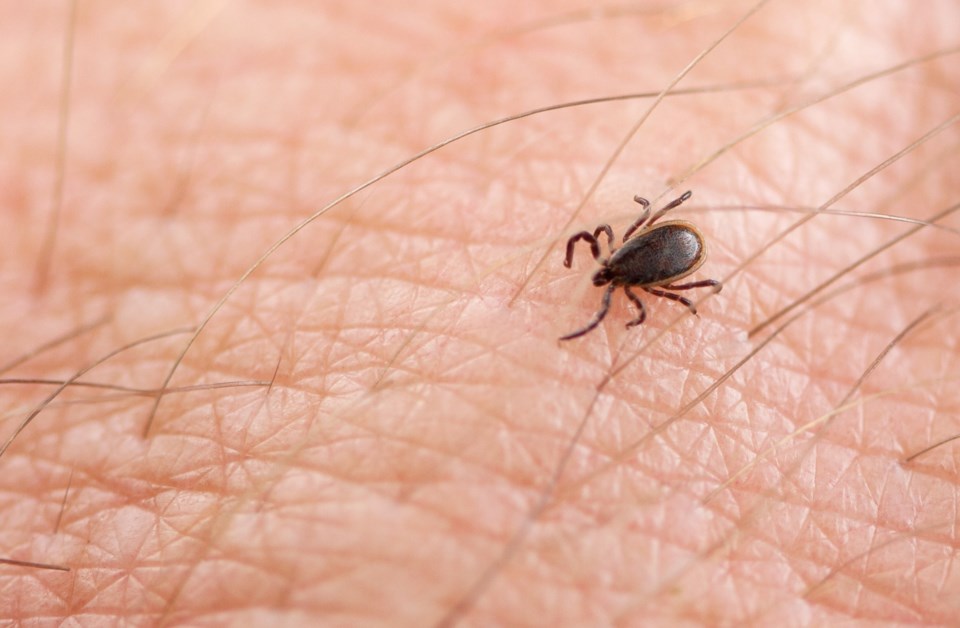THUNDER BAY – Of the nearly 600 ticks brought to the Thunder Bay District Health Unit so far this season, two submitted for analysis have tested positive for Lyme disease.
There have been 575 ticks collected by the health unit to date, a sharp increase from the 375 that were submitted by this time last year.
Ken Deacon, coordinator of the health unit's vector-born disease program, describes the increase as "astronomical," noting that this establishes a new record for local tick collection.
But in an interview Monday, he added that it doesn't necessarily mean that ticks are increasing in population in the Thunder Bay area.
"Maybe people have finally heard the message and they're bringing their ticks in to the health unit," he said.
Deacon said the great majority of the ticks presented by members of the public were harmless wood ticks. Thirty-five were blacklegged ticks, the type that carries Lyme disease.
That's on course with sampling done last year at this point.
Deacon said the two blacklegged ticks that tested positive for Lyme were picked up by area residents who had travelled to Minnesota.
Infected ticks can travel naturally by hitchhiking on migrating birds, and "unnaturally they get rides with people over vast distances, and that's one of the ways the tick distribution is increasing," he said.
Health officials repeatedly stress the need for people to protect themselves from Lyme disease by wearing long-sleeved clothing and pants in the outdoors whenever possible.
Deacon said otherwise, "do a tick check" on your body. If an infected tick is removed within 24 to 48 hours after latching on, there's minimal risk of getting Lyme disease.
While blacklegged ticks are more common just south of Thunder Bay, Deacon said it's "extraordinary" how they are spreading.
Samples have been brought in even from more northerly locations such as Nakina and Manitouwadge.
